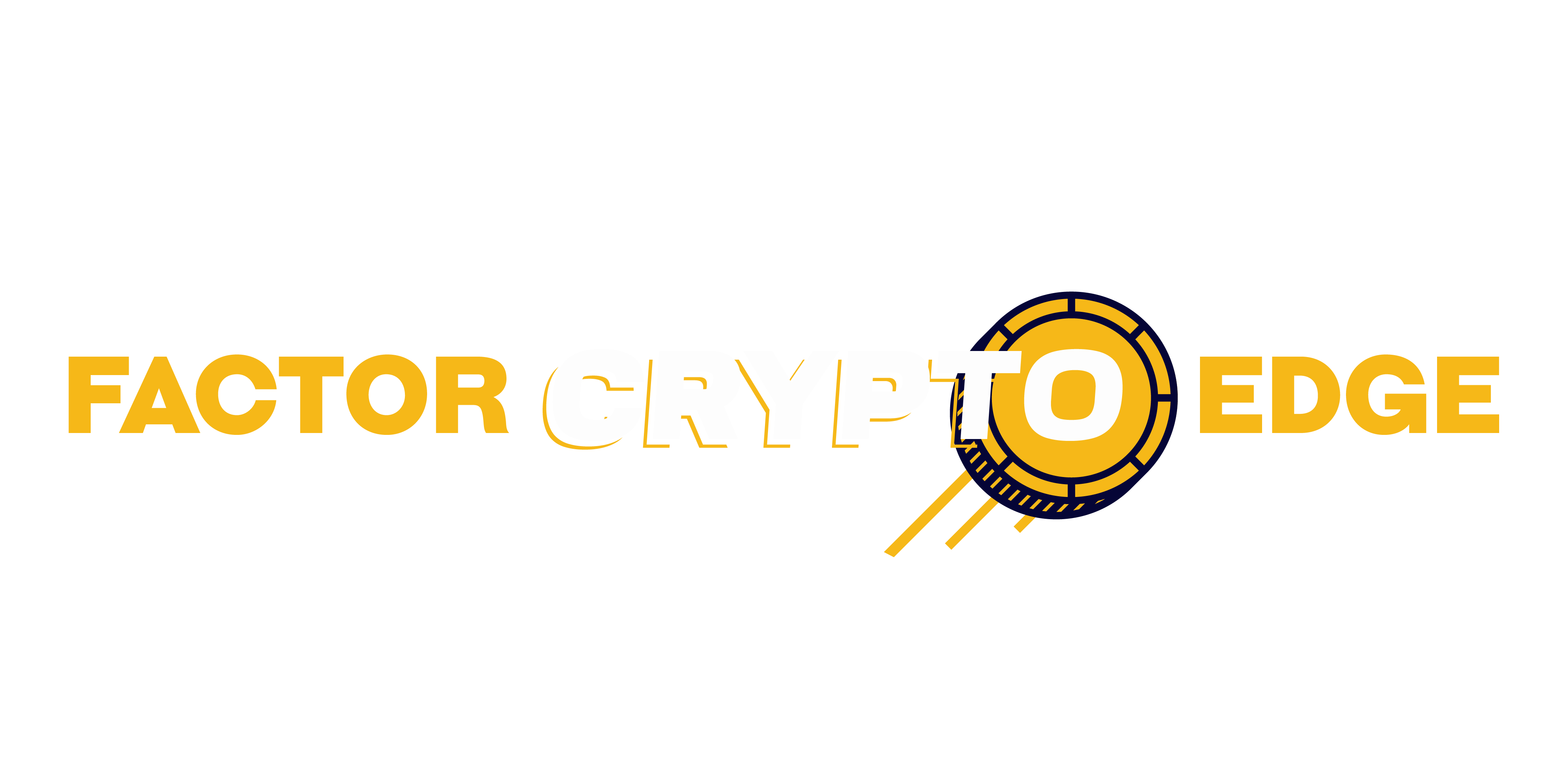Understanding Blockchain Security Fundamentals
At its core, blockchain is built for security. Every transaction is recorded on a digital ledger that’s distributed across thousands of nodes (computers) globally. This structure makes it extremely difficult for any one actor to alter past data or mutate the system. Why? Because there’s no single point of failure—an attacker would need to change data on the majority of the network at once. That’s easier said than done.
This brings us to the difference between decentralized vs. centralized systems. Centralized systems rely on a single server or small cluster of servers that hold control. Think of a traditional bank or cloud storage provider. If those servers get hacked or go offline, you’re out of luck. Blockchain flips that model. By removing central authority and distributing control, it reduces systemic risk and improves transparency.
Now, let’s talk about how the engine runs under the hood. Cryptographic hashing is what keeps data tamper-proof. Each block in the blockchain contains a unique hash—like a fingerprint—generated based on its data and the hash of the previous block. Change even a single character, and the hash breaks.
But blockchain isn’t just about locking data. It’s about agreement. That’s where consensus mechanisms come in—protocols like Proof of Work or Proof of Stake ensure all nodes agree on the state of the blockchain. It’s how the network decides what counts as true and valid. No middlemen, no backdoors, just a math-enforced peer agreement.
In short, blockchain security is no accident. From decentralization to cryptographic precision, it’s designed to be resilient from the ground up.
Threats Still Lurking in the System
Blockchain may be built on strong foundations—cryptography, decentralization, game theory—but that doesn’t mean it’s bulletproof. Some threats keep showing up, year after year, because they exploit weak points that have nothing to do with code and everything to do with people.
Let’s talk basics. A 51% attack is when someone gains majority control over a blockchain network and messes with the ledger—double spending, blocking transactions, rewriting history. It’s rare on big networks like Bitcoin, but smaller chains with less computing power are vulnerable.
Then there’s phishing—low-tech, high-impact. Bad actors don’t need to crack a wallet if they can trick you into handing over your keys. Fake login pages, misleading messages, and shady Discord chats are some of the most common attack vectors. It’s simple stuff, but it works.
Smart contract bugs are a developer’s worst nightmare. Once deployed, code on the blockchain is public and permanent. If there’s a bug—even a tiny one—it can be exploited fast, and often for massive losses. The DAO hack in 2016 and the more recent Ronin bridge exploit are painful reminders.
And here’s the hardest pill to swallow: the weakest link is usually human. Mismanaged wallets, shared passwords, falling for scams—these cause more damage than zero-day exploits. Security isn’t just digital; it’s also behavioral.
Bottom line: technology evolves, but the threats remain familiar. Learning from real-world hacks and staying sharp is less about paranoia and more about being a responsible user in a high-stakes environment.
Securing Your Digital Transactions
When it comes to blockchain, security starts with how you manage your wallet—and more importantly, your private keys. If someone gets your private key, they own your assets. Period. Use hardware wallets for larger sums. For everyday transactions, stick with reputable software wallets that offer two-factor authentication and regular updates. And never, ever store private keys in cloud storage or screenshots.
Multi-signature (multisig) authentication is another layer that slows down attackers. It requires approval from multiple parties to authorize a transaction. It’s a few extra steps, sure, but it reduces the odds of a single point of failure. If you’re working with a team, or just want added peace of mind, multisig is worth the small hassle.
Choosing the right platforms and exchanges isn’t about brand loyalty—it’s about survival. Stick with exchanges that are insured, regulated where possible, and have a solid history of transparent security practices. Don’t chase low fees at the cost of your capital.
Then there’s smart contracts. A smart contract is only as trustworthy as its code. Look for projects with third-party audits, published reports, and open-source transparency. If an audit isn’t available, assume nothing. Skipping this layer of due diligence has cost users millions—and no, those stories don’t always make headlines.
Secure habits aren’t paranoid—they’re necessary.
The Role of Regulation and Standards
For years, blockchain built its reputation on doing things differently—no gatekeepers, no middlemen, no oversight. But the Wild West of crypto is starting to get fenced in. Around the globe, governments are catching up, rolling out policies that aim to bring order to innovation. The goal? Curb crimes, protect users, and make the space safer without eliminating what makes blockchain unique.
We’re seeing new security frameworks emerge—think Know Your Customer (KYC), Anti-Money Laundering (AML) protocols, and digital asset classification systems. Used right, these tools can create trust without killing decentralization. Some countries are establishing crypto regulatory sandboxes to allow innovation without jumping straight to enforcement. Others are pushing for global consistency to cut down on regulatory arbitrage.
The balance is tightrope-thin: too much oversight, and you risk stalling innovation; too little, and fraud runs rampant. Smart blockchain projects and platforms are getting ahead by weaving compliance into their foundation—not as a bolt-on. It’s about proving legitimacy while staying true to the tech’s core principles. Bottom line: those who treat security and transparency as features, not chores, will thrive in the new crypto era.
Innovations in Blockchain Safety
Blockchain was never meant to sit still. As threats evolve, so do the tools to counter them. The frontier of blockchain security in 2024 is driven by smarter cryptography, tighter personal custody, and more scalable infrastructure.
Zero-knowledge proofs (ZKPs) are leading the charge. They let users prove they know something—like a password or transaction details—without revealing it. That protects identity and transaction data from being exposed, which is a big step toward true privacy in decentralized environments. Combine that with homomorphic encryption and multi-party computation, and suddenly transactions can be both private and verifiable.
On the hardware side, wallets are getting smarter. Cold storage still rules, but now we’re seeing biometric authentication baked into devices. Fingerprint scans or facial recognition mean fewer passphrase-related headaches. It also makes physical access to your assets more secure. Of course, if you lose your device and forget your seed phrase? Game over. Discipline still matters.
Layer 2 solutions are also pulling more weight for both security and scalability. Rollups, sidechains, and state channels sit on top of main chains like Ethereum, handling loads of transactions without cramming the base layer. That means faster speeds, lower fees, and smarter compartmentalization of risk. If something goes wrong on Layer 2, it doesn’t drag down the whole ecosystem. That compartmentalization makes decentralized systems more resilient—critical when traffic and threat levels spike together.
The goal? Secure transactions, without slowing things down or making life miserable for the average user. We’re not all there yet—but we’re past the early experiments. Security is getting baked in, not bolted on.
Smart Contracts: Power and Risk
Smart contracts are one of blockchain’s most powerful features—but also one of its biggest attack surfaces. Once deployed, they’re immutable. That’s great for trust, but terrible if your code has bugs. Writing secure smart contracts isn’t just a best practice; it’s survival.
Start with the basics: keep contracts minimal. Avoid unnecessary complexity. Every added function is a potential flaw. Use libraries that have been battle-tested, and don’t reinvent the wheel if you don’t have to. Proper input validation, access control, and fallback protections should be table stakes.
Still, even experienced developers have slipped. One of the most infamous examples is The DAO exploit in 2016, where a recursive call flaw let hackers siphon off tens of millions in ETH. More recently, hacks like the Poly Network incident showed how insecure cross-chain contracts can be.
Auditing is not optional. Get your contracts reviewed—internally and by third parties. Even better, use automated verification tools to catch logic flaws.
Remember, the blockchain never blinks. If your contract breaks, you can’t just roll back the damage. Be deliberate, be paranoid, and read every line as if someone’s life savings depends on it—because sometimes, it does.
(For deeper insights: The Future of Smart Contracts and Blockchain Applications)
Final Tips: Staying Ahead of the Threat Curve
If you’re serious about blockchain, you can’t afford to be passive. Start with the basics: understand what your wallet actually does, how private keys work, and what you’re signing before you sign anything. Blind trust in platforms has burned more than a few users—platforms get hacked, change policies, or vanish overnight. Know what you’re using and why.
When possible, move funds into cold storage. Online (hot) wallets are convenient but always exposed. Hardware wallets and offline solutions add friction, but that’s the point—the harder it is for someone to access your assets, the better.
Keep an eye on your transactions. Not just incoming and outgoing payments, but smart contract interactions, approval permissions, and metadata. Many people find out too late that a small interaction gave a third-party exploit access.
Finally, audit your tools. That crypto extension you added last year? Make sure it’s still secure and hasn’t been compromised. The DeFi app you used once? Revoke permissions if you don’t need them. Trust, but verify. Blockchain rewards the cautious.
Bottom Line
Blockchain gets hyped for being secure by design, and yes, the system has built-in defenses. But trusting the tech blindly is a rookie mistake. Security isn’t baked into every interaction—it’s something you actively manage. Whether you’re trading, staking, or just holding, you’ve got to know what you’re dealing with.
That means learning how wallets work, why key management matters, and when to use cold storage. It means paying attention to phishing scams, sketchy contracts, and too-good-to-be-true platforms. The tools are out there, but they’re only as good as your understanding of them.
Blockchain security isn’t automatic. It’s a discipline, a mindset, and a habit. The moment you stop paying attention is the moment you get burned. So don’t just jump in—gear up, stay sharp, and keep learning. That’s how you stay safe in a system that doesn’t come with a safety net.


 Kevin Taylorainers played a key role in building Factor Crypto Edge, contributing his expertise in market research and content development. His efforts in gathering reliable data and analyzing industry movements have helped shape the platform into a trusted source for cryptocurrency insights, ensuring readers receive clear and accurate information.
Kevin Taylorainers played a key role in building Factor Crypto Edge, contributing his expertise in market research and content development. His efforts in gathering reliable data and analyzing industry movements have helped shape the platform into a trusted source for cryptocurrency insights, ensuring readers receive clear and accurate information.